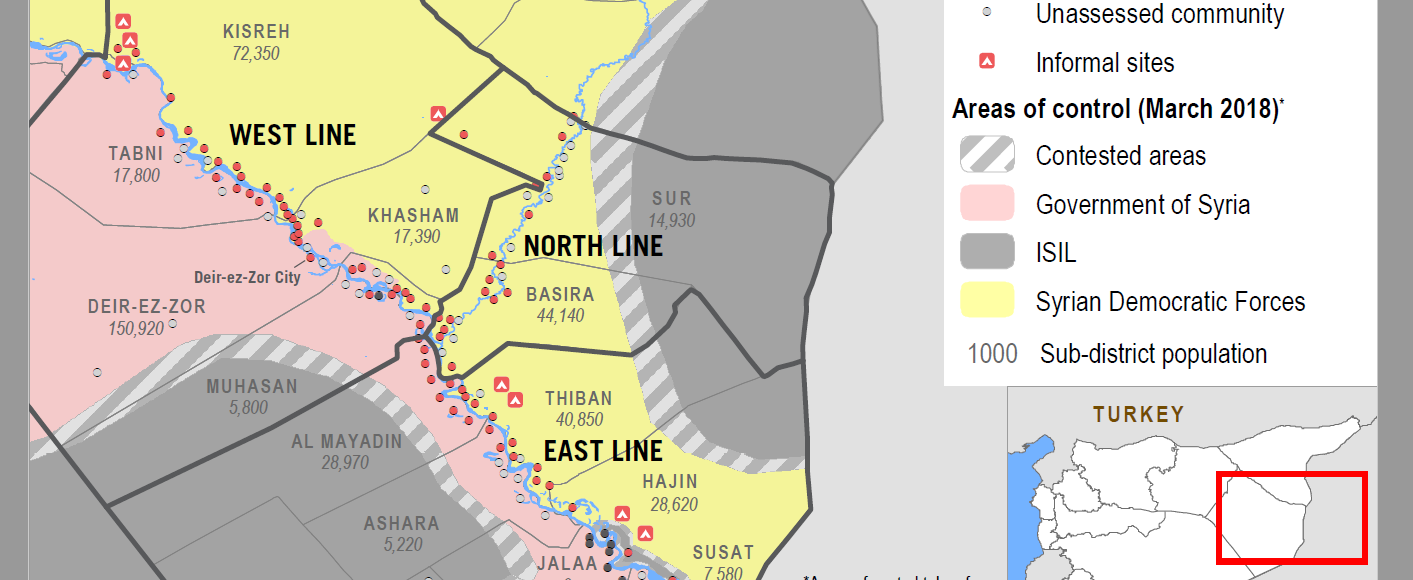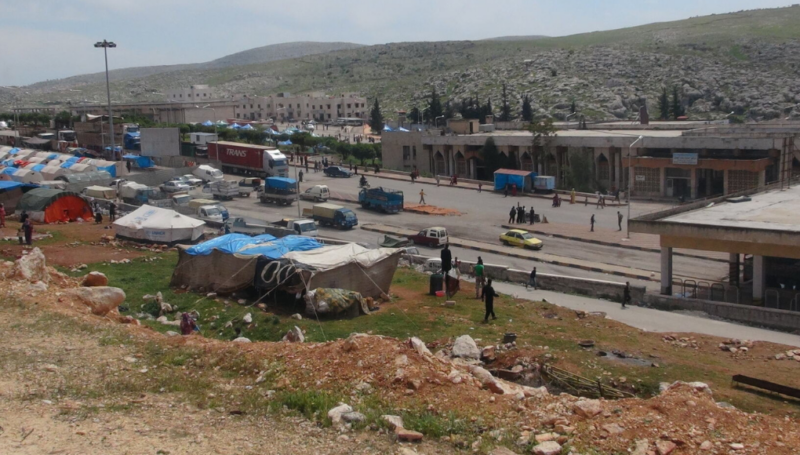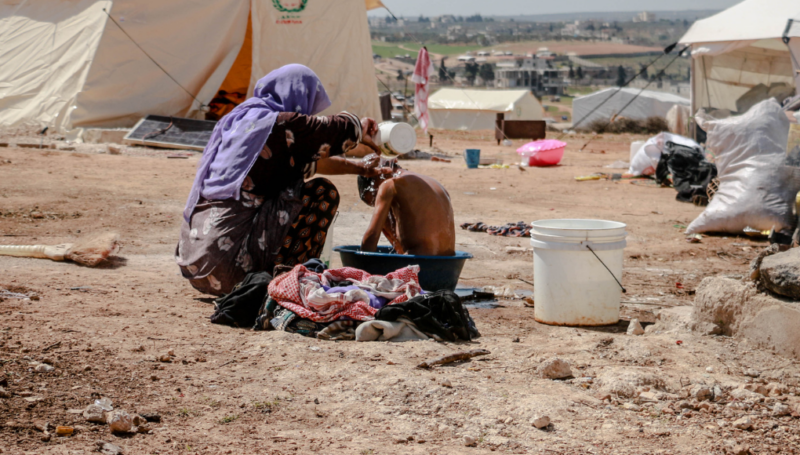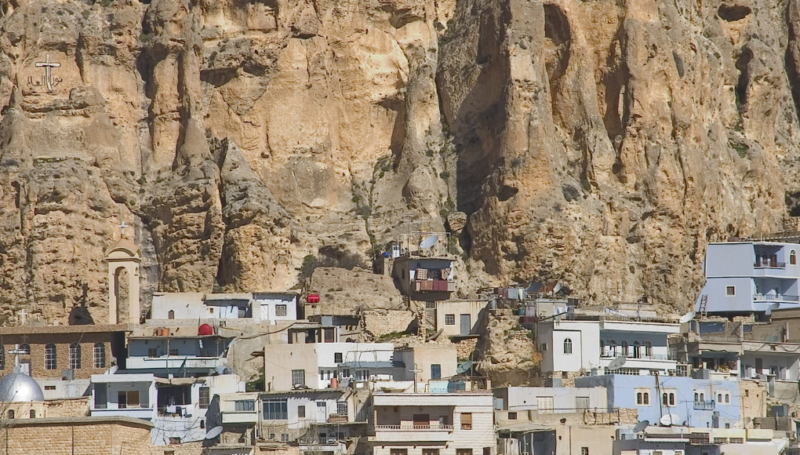
Deir-ez-Zor Assessment Coverage and Areas of Control ©REACH/2018
Since mid-2017, ongoing conflict has led to displacement from and within Deir-ez-Zor governorate, totalling an estimated 230,000 persons from July to mid-December. The recent de-escalation of conflict in parts of the governorate has allowed limited humanitarian access for the first time since 2014. The situation in the governorate remains fluid, with spontaneous returns in certain areas as well as IDP arrivals. This fluidity coupled with the remaining access and security limitations, is leading to substantial information gaps in terms of the location and priority needs of non-displaced residents, returnees and internally displaced persons (IDPs), in both the host community and informal sites in Deir-ez-Zor governorate.
To address these gaps, REACH conducted a new assessment providing an overview of the location and humanitarian situation of different population groups, building on its February 2018 assessment. Between 3 and 8 April 2018, 92 locations were assessed, with a minimum of three key informants (KI) interviewed per community and one per informal site. Different tools, designed in collaboration with humanitarian partners, were used to assess communities and informal sites to identify population estimates and multi-sectoral needs. Assessed locations are clustered along three main transects of the Euphrates and Khabour rivers in areas referred to amongst the humanitarian community as the East, West, and North Lines.
The assessment found large disparities in service availability and accessibility across the governorate. In general, access to services is reportedly poorest in the North Line area and on the eastern side of the Euphrates in the East Line area. In these areas, KIs reported that a high proportion of the population is living in vulnerable shelter types, there is no access to the main water network, and formal education services are essentially non-existent. Service provision is better but still very limited elsewhere in the governorate; the water network is partially functioning in most communities (albeit typically for 4-6 hours per day), and most communities in the West Line area and on the western side of the Euphrates river in the East Line area have functioning primary education facilities. KIs reported that very few communities across the governorate have functioning health facilities, and the main electricity network is functioning in just two sub-districts (Al Mayadin and Thibam).
Based on REACH findings, addressing the WASH, health and electricity gaps are critical priorities for supporting the needs of population groups both in communities and informal sites. REACH will continue to assess displacement trends and ongoing humanitarian needs in the governorate as the situation develops.
Please find here REACH’s assessment from February and April 2018.









